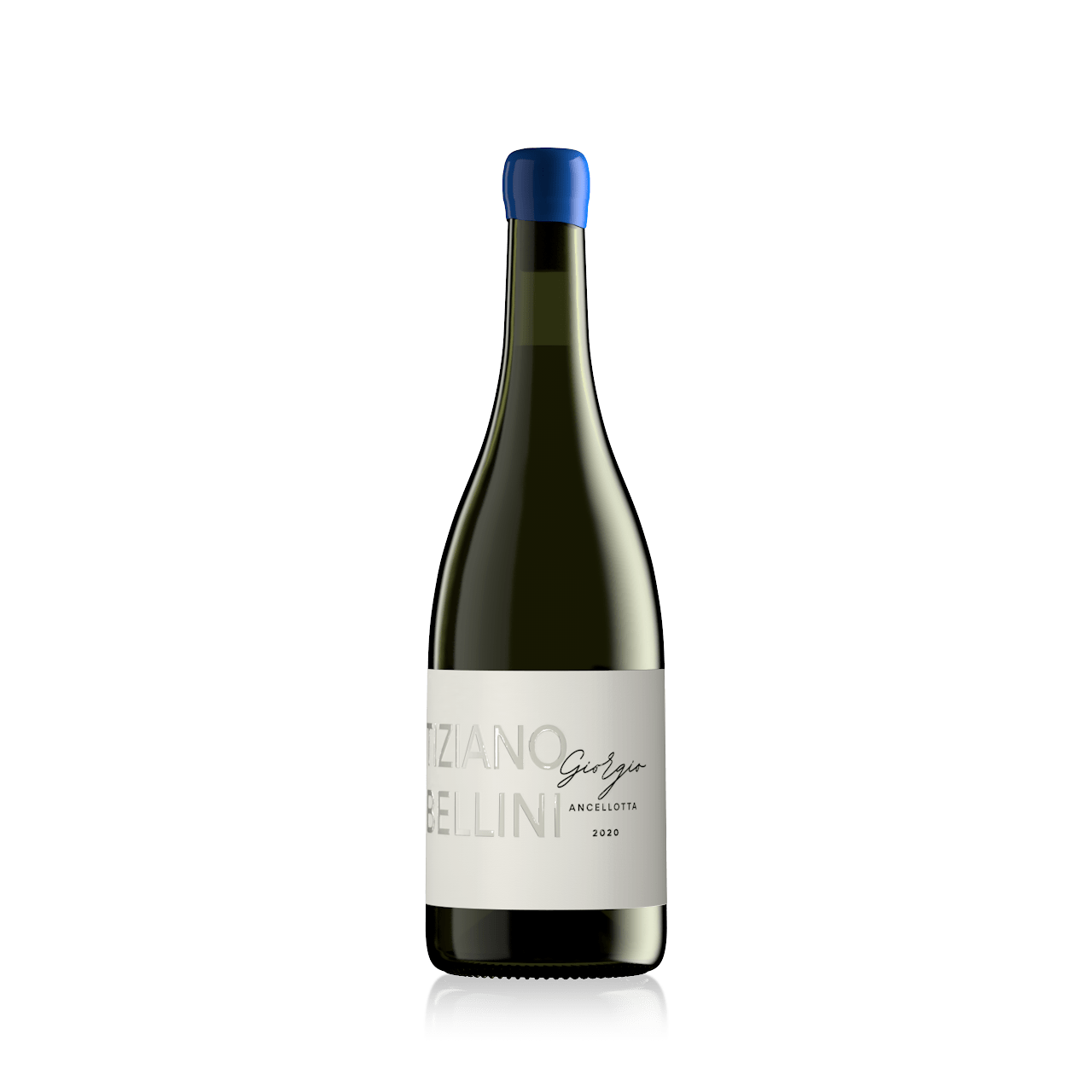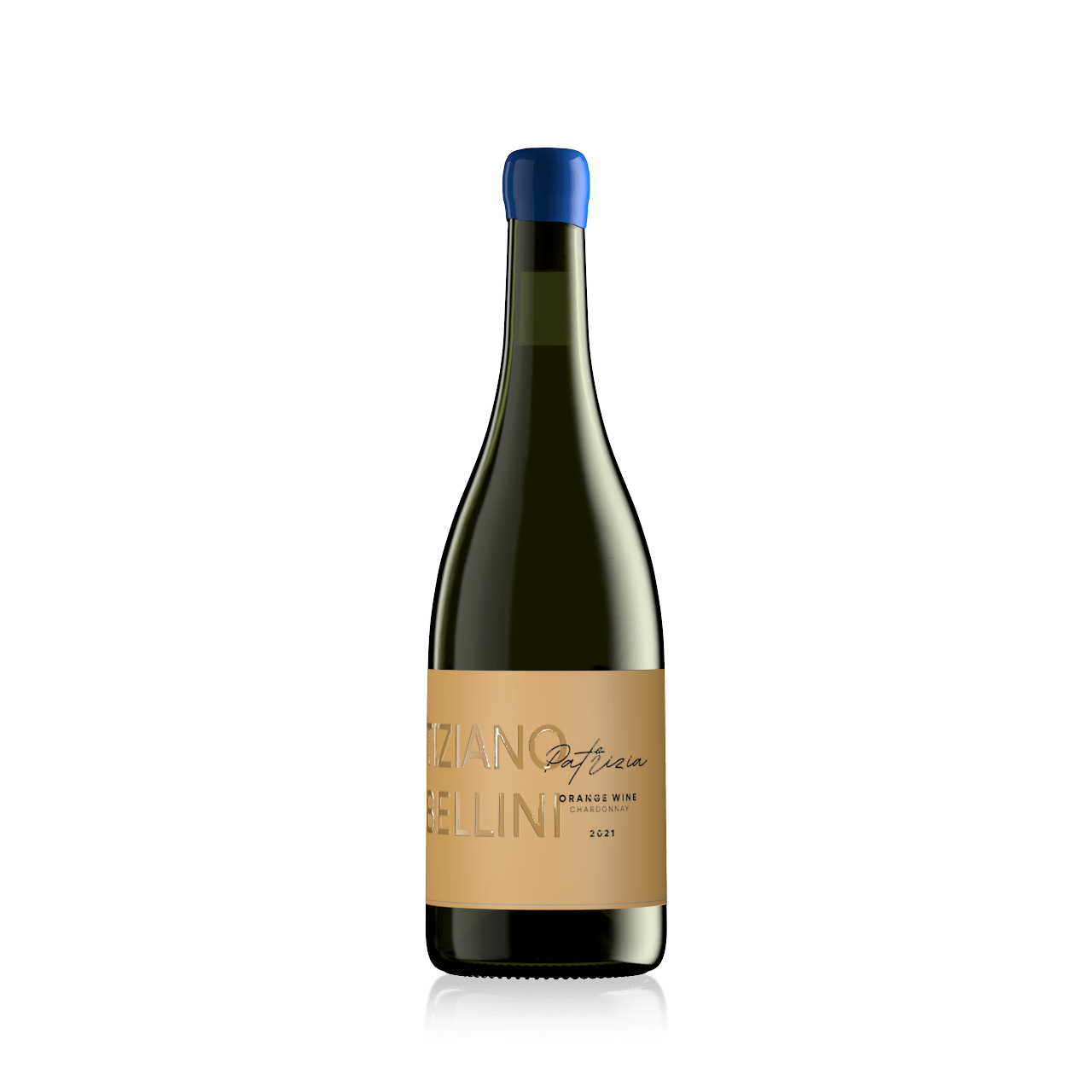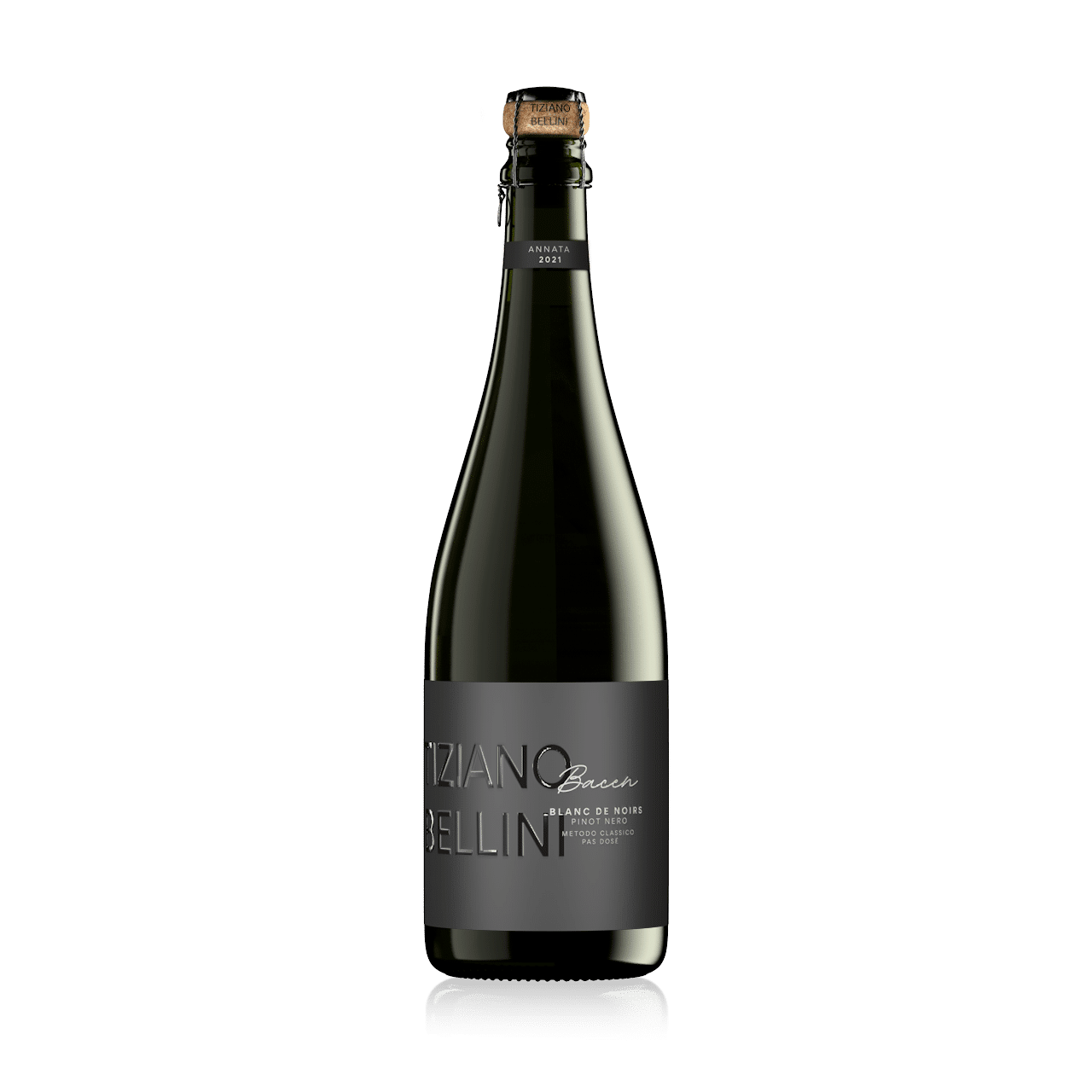Our greatest challenge is
to cultivate our vineyards in full respect
of the rules of nature:
the miracle of life will continue to amaze us…
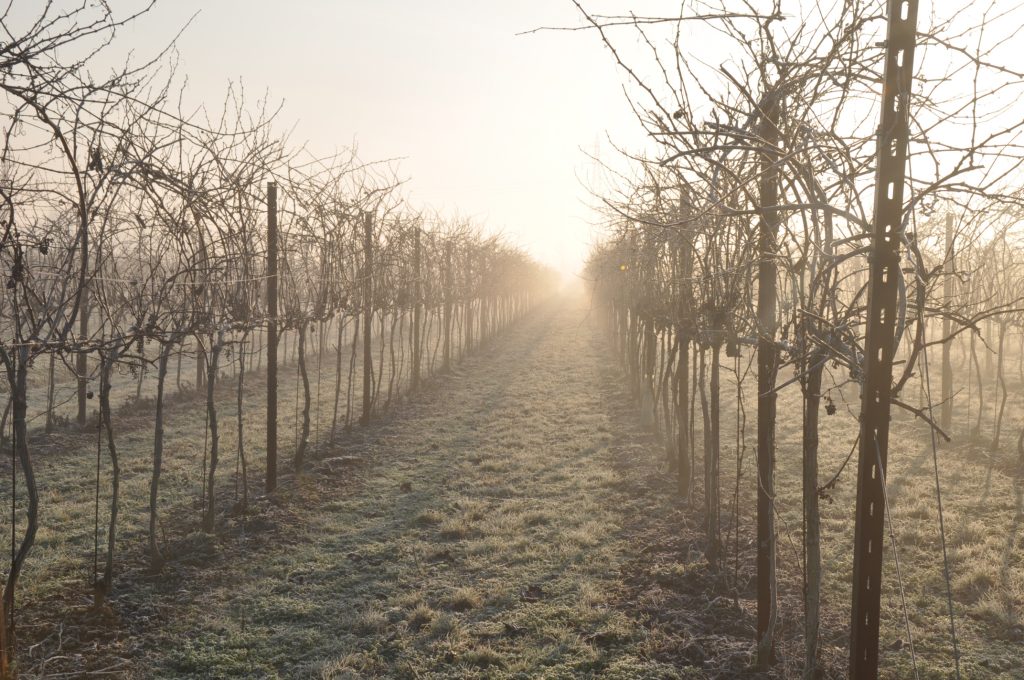
Our greatest challenge is
to cultivate our vineyards in full respect
of the rules of nature:
the miracle of life will continue to amaze us…
From the moment we planted the first vines, our challenge has focused on enhancing the value of Ancellotta and Grappello Ruberti, considered to be the main grape varieties of our area of origin. We explored as pioneers the creation of structured still wines and refined their use to produce bubbles of excellence. Our passion for bubbles then led us to invest in the Pinot Chardonnay and Pinot Noir grape varieties that have adapted remarkably well to our terroir.
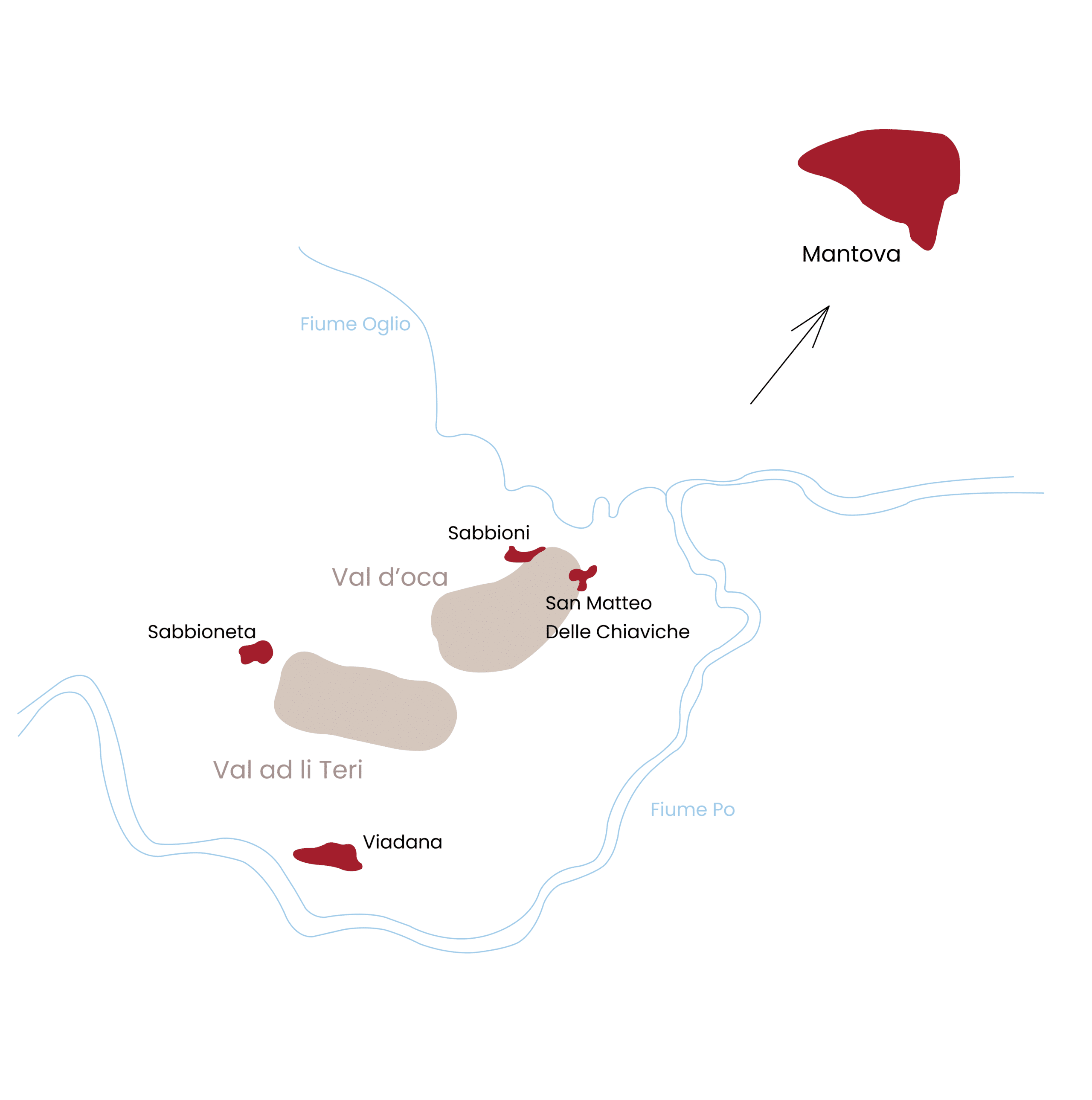
The Terroir
The plain created by the millennial flooding of the Po River qualifies the character of the Val d’Oca in that tongue of land that, flanking the Oglio Natural Park, wedges into the Po between San Matteo and Sabbioni in the municipality of Viadana and the Val ad li Teri-“Valley of the Vineyards”-near Sabbioneta.
Initially loamy loamy soil becomes sandy-loamy in grain size then well deep and drained near the banks of the ancient river course. The perimeter loamy-sandy texture allows vines to modulate root system penetration consistent with different seasonal climatic patterns. The presence of a delicate surface limestone vein requires the vine to make selective and delicate root uptake. Climatically, the vineyards are exposed to a climate that should be considered intermediate between Mediterranean and oceanic with cold winters, very sunny summers and temperate intermediate seasons.
The Terroir

The plain created by the millennial flooding of the Po River qualifies the character of the Val d’Oca in that tongue of land that, flanking the Oglio Natural Park, wedges into the Po between San Matteo and Sabbioni in the municipality of Viadana and the Val ad li Teri-“Valley of the Vineyards”-near Sabbioneta.
Initially loamy loamy soil becomes sandy-loamy in grain size then well deep and drained near the banks of the ancient river course. The perimeter loamy-sandy texture allows vines to modulate root system penetration consistent with different seasonal climatic patterns. The presence of a delicate surface limestone vein requires the vine to make selective and delicate root uptake. Climatically, the vineyards are exposed to a climate that should be considered intermediate between Mediterranean and oceanic with cold winters, very sunny summers and temperate intermediate seasons.
ancellotta
The Ancellotta grape variety finds its natural environment in the area of Viadana and Sabbioneta in the Province of Mantua. Characterized by its intense coloring tone, Ancellotta is characterized by fruity notes such as black cherries and berries. The “spargola” nature of the cluster and the high sugar content inspired the project to ennoble this grape to make a still red wine of exquisite refinement and extraordinary structure.
GIORGIO

ancellotta

The Ancellotta grape variety finds its natural environment in the area of Viadana and Sabbioneta in the Province of Mantua. Characterized by its intense coloring tone, Ancellotta is characterized by fruity notes such as black cherries and berries. The “spargola” nature of the cluster and the high sugar content inspired the project to ennoble this grape to make a still red wine of exquisite refinement and extraordinary structure.
GIORGIO
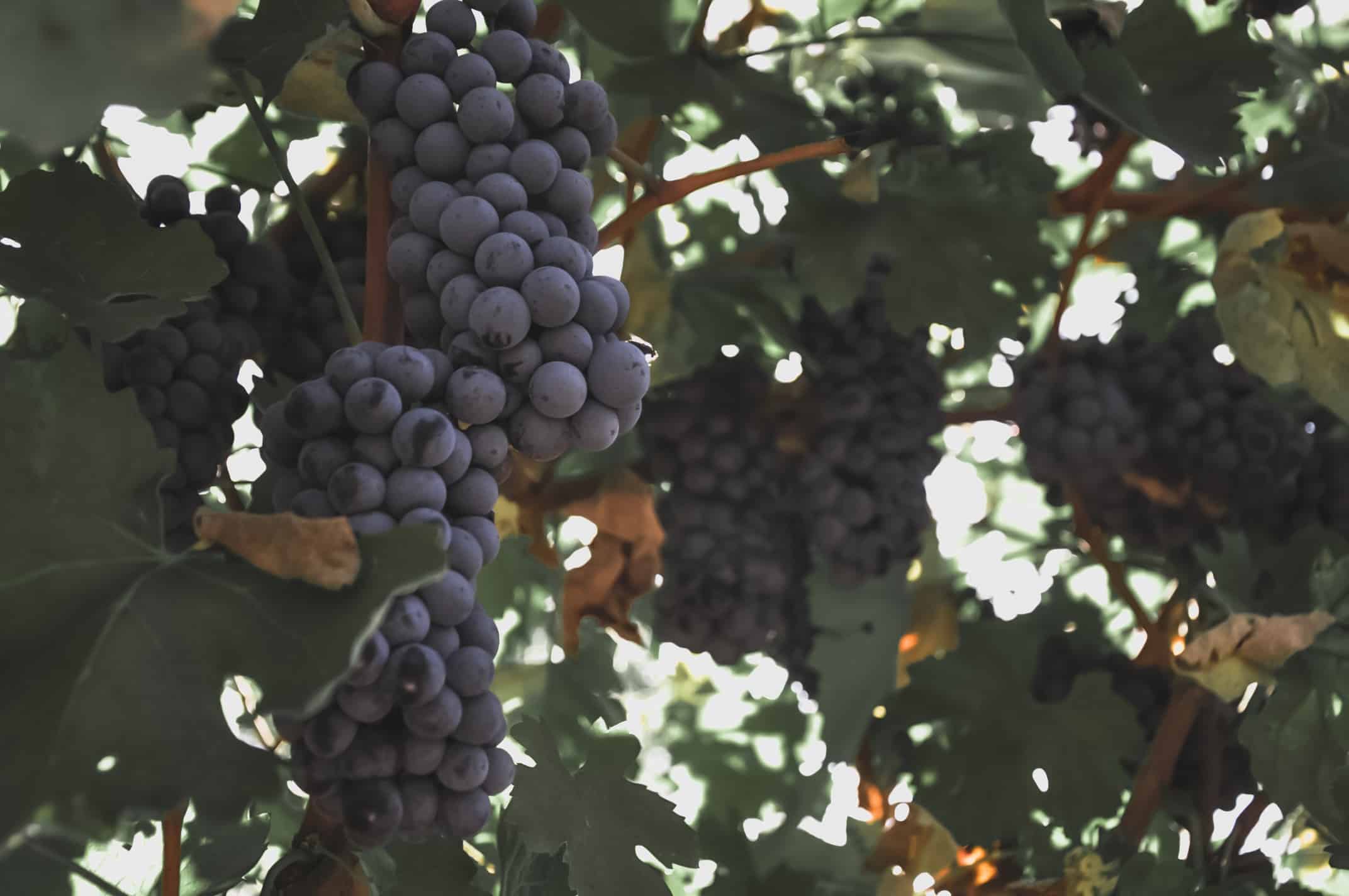
Grappello Ruberti
The name of this vine refers to the agronomist Ugo Ruberti, who in 1860 extensively studied its scientific characteristics and promoted its spread in the Province of Mantua. Grappello Ruberti is distinguished by extraordinary structure and exquisite acidity.
PAION
ANNUNCIATA
TURDOI
Grappello Ruberti

The name of this vine refers to the agronomist Ugo Ruberti, who in 1860 extensively studied its scientific characteristics and promoted its spread in the Province of Mantua. Grappello Ruberti is distinguished by extraordinary structure and exquisite acidity.
PAION
ANNUNCIATA
TURDOI
Chardonnay
The clay loam structure jointly with the sandy loam texture and the presence of a delicate surface limestone vein of the soil in Val d’Oca give our Chardonnay grapes elegance of structure and extraordinary minerality that are enhanced both in the production of classic method Blanc de Blancs SAMATE’, and Orange Wine PATRIZIA.
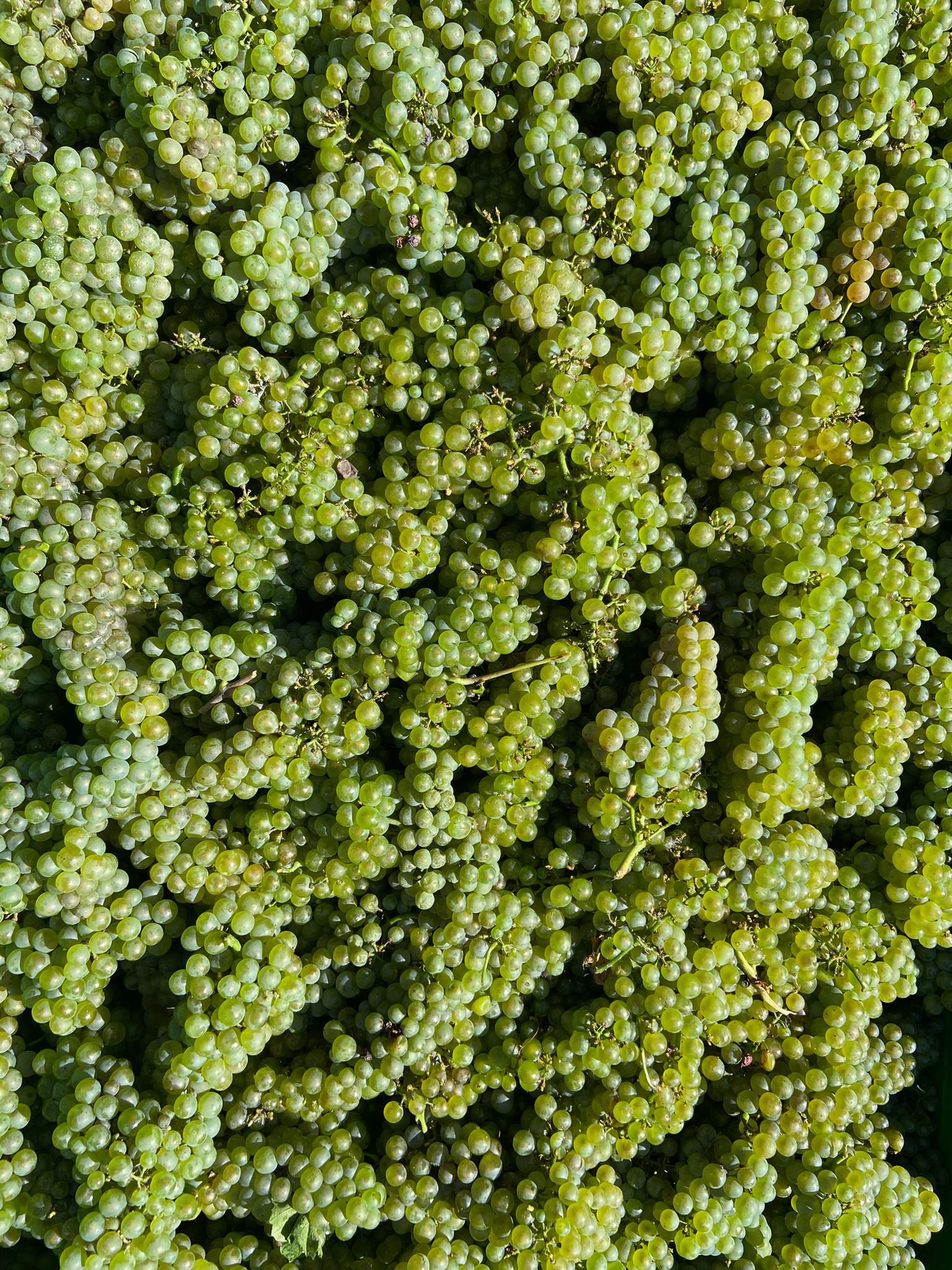
chardonnay

The clay loam structure jointly with the sandy loam texture and the presence of a delicate surface limestone vein of the soil in Val d’Oca give our Chardonnay grapes elegance of structure and extraordinary minerality that are enhanced both in the production of classic method Blanc de Blancs SAMATE’, and Orange Wine PATRIZIA.
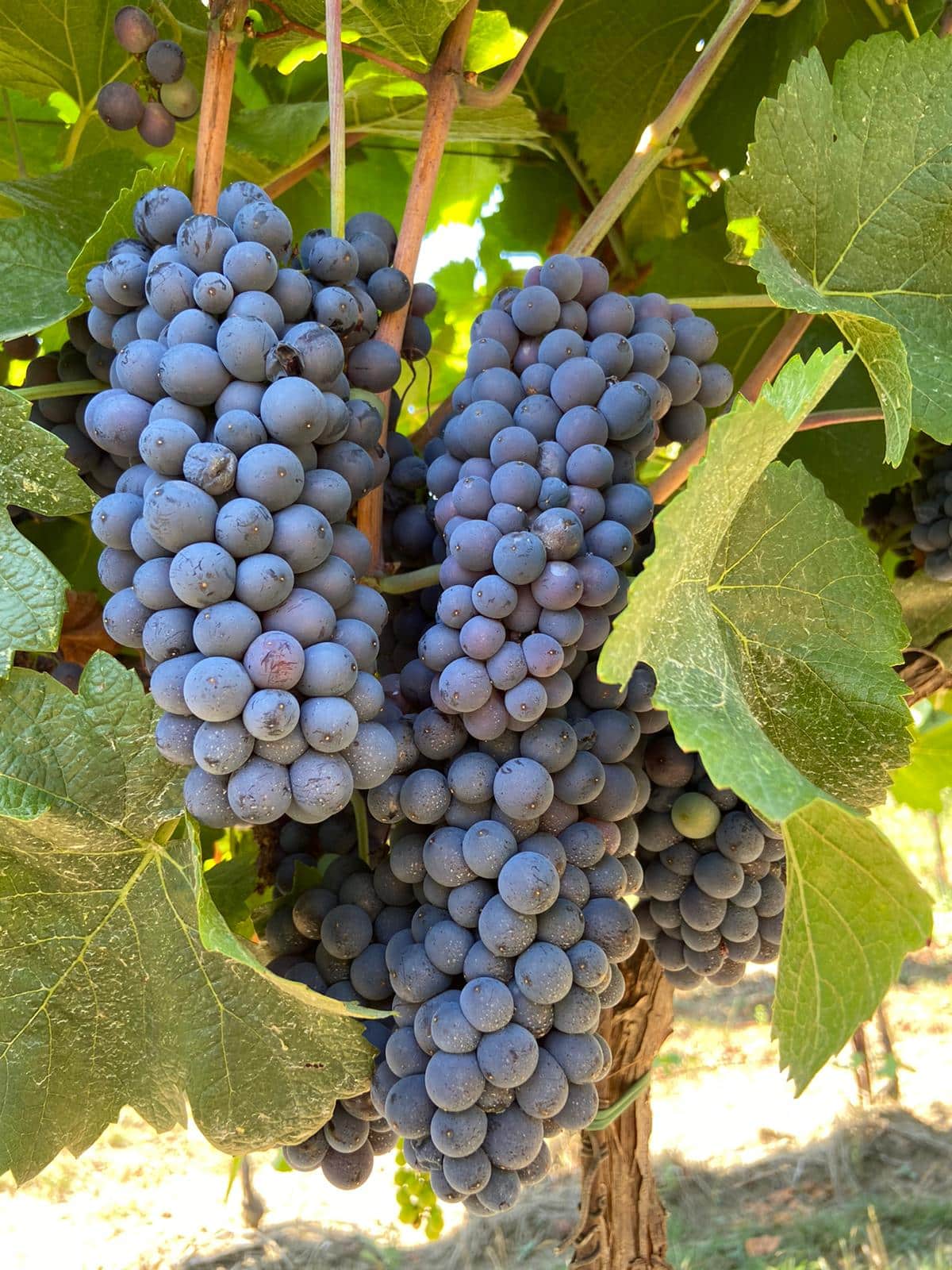
Pinot Noir
Grown in the vineyard in Val d’Oca, our Pinot Noir takes on those characteristics of natural elegance, refined acidity and structured personality that make our Blanc de Noirs unique
BACEN
Pinot Noir

Grown in the vineyard in Val d’Oca, our Pinot Noir takes on those characteristics of natural elegance, refined acidity and structured personality that make our Blanc de Noirs unique
BACEN
Discover Our Wines

